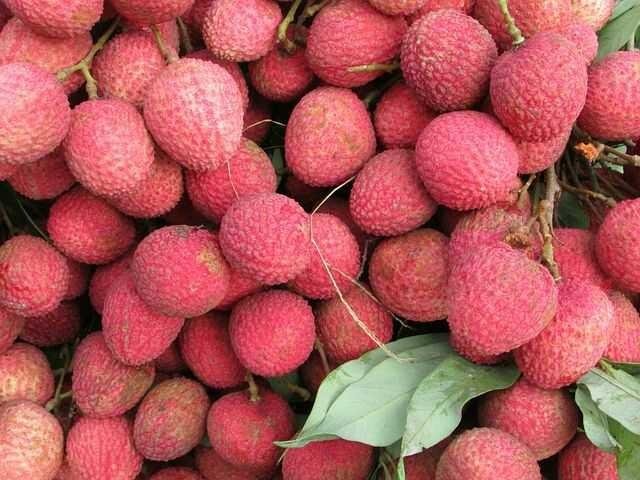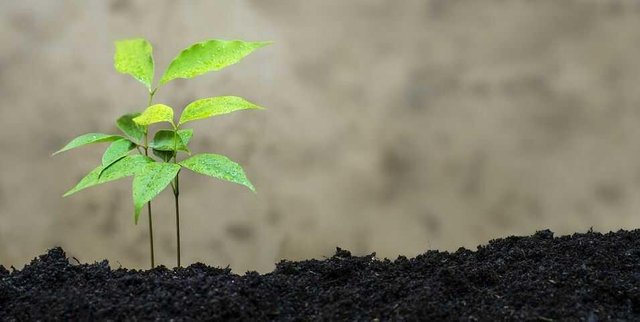Litchi is a very popular and nutritious fruit in Bangladesh. Although it can be easily grown in the country, its cultivation here is not so much widespread. Litchi can be cultivated in all the districts of the country but in the greater Rajshahi, Dinajpur, Kushtia, Jessore, Mymensingh and Chittagong districts litchi is produced. Because it is a delicate fruit, as a result, many people are the world's most lucrative and delicious fruits. Apart from medicinal properties, there are plenty of minerals, carbohydrate and Vitamin 'C'. Although it is for a short time in the market, it is very important to everyone as a fruit. There is a possibility of cultivating this fruit commercially in the northwestern country.
 picture source
picture source
Climate:
Litchi is an indomitable climate result. In the warm and humid climate, trees grow well, there is a gentle cold obsession for flower holding. Litchi is good in the tropics where there is no cold but snow in winter and there is warm and humid weather in the summer. Winters in the winter and warm and dry weather during the summer, the main obstacle in litchi cultivation. Annual rainfall is 150 cm And the relative humidity of the wind is suitable for planting 70-85% of litchi. Pollination is hampered when rain falls on the tree. During the dry season and rainfall in the summer, the fruit ripens and falls. While the weather was dry, the fruit was dried.
Soil:
Litchi is good on all grounds. However, the rich fertile dough-rich soil rich in organic matter is the best for cultivating litchi. Although the danger of waterlogging, but litchi damped soil is preferred. Litchi can be cultivated on both types of soil and soil but it is more suitable for us. Because of this type of soil borne rooted microorrhage. These fungi provide nutrients in the plant through symbioticism. Litchi cultivation is generally suitable for soil pH 6.5-6.8. However, the benamati is inappropriate for litchi cultivation. At the beginning of the new plant, some soil below the old litchi tree is applied to the rapid mikoiseja.
Land created:
The land selected for litchi cultivation should be properly planted by plowing, power-breaker, or tractor, by cultivating it after plowing, and after laying the land flat and weed-free. If there are bricks, stones, other trees, etc. from the ground, then they have to be removed. There is a lot of wind movement due to land cultivation. As a result, the available nutrients on the soil are available for the trees. Moreover, it is helpful to increase the roots.
 source
source
Planting Method:
The planting method is the interconnection of planted seedlings. The amount of litchi can be planted on each hectare land depending on planting distance, land size and planting system. Litchi trees are planted in the square soil on the plains and in the coastal system on the hill land.
Garden design:
When the initial plan for the establishment of litchi gardens is made in paper to make it realistic, then it is called garden design. According to the design, after planting the plants, each plant gets increased by keeping distance from the other and bearing fruit directly. Besides, the cost of garden maintenance is low and the irrigation system is very good. The maximum number of saplings can be planted in low places. It is easy to cultivate companion crops within the garden.
Caste Selection:
Among the litchi cultures cultivated in different regions of Bangladesh, there are notable mention of Bidana, Bombay, China-3, Rajshahi, Madrasi, Mangalbari, Muzaffarpuri, Bari Lichu-1 and 3. Planting litch pens
Litchi is a popular fruit in summer fruit. Litchi does not yield good results everywhere in Bangladesh's climate. Special varieties produce good results in special places and those places have been known by the name of the Lichur caste. For example, litchi of Rajshahi (species: Mumbai), litchi (godavari: Mumbai, Madrasi), Dinajpur (Jata: Bedana and Kanthi) of Ishwardi in Pabna. Besides, China-3 varieties of litchi are cultivated in almost all the districts of the country.
Selection of Seedlings:
The litter is reproduced primarily by ginning pen. Litchi fruit season begins at the end of the fruit plantation season. It is not good to plant litchi pans like other fruit trees and plant them at the beginning of the rainy season. I have to wait a bit for this.
After the rainy season, when there is excessive ross on the soil, litchi pen is planted. In fact, the litchi patty pen is not like the other pomegranate fruit, so it should not be planted if the soil is too much juice. However, the places which are high, sandy, fibrous, which do not accumulate in the soil for long periods of time, and are suitable for planting litch pens in those places throughout the day. Litchu can be spread in two different ways. Straight from the seeds and through the pen. By making seedlings from seed, it takes 8-10 years to bear fruit. Moreover, the quality of the species disappeared. The graft pen is more suitable for litchur. It maintains maternal quality. Therefore, one year old healthy and vigorous gourd grapes should be selected.
Planting distance:
Due to litchi plantation, these trees do not get sunlight. As a result, the tree is not well prepared for the tree. The trees become weak. Besides, the increase in diseases of insects increases. But if you observe the permitted distance for the trees, there is no problem with the above mentioned problems. Lichugas is usually fitted with 10-12 meters (30-40 feet) away.
Planting time:
Monsoon season is suitable for planting in the month of June-July. However, the plants are planted from July to September. Can not plant sap from sunrise and wind. Sapling is good in the afternoon.
Holes made:
Before the monsoon, there will be a hole in the selected place. The length of the hole should be 1 meter, width 1 meter and depth to 1 meter. During the preparation of the holes, the top soil of the hole should be dried in the sun by 10-15 days on one side and the soil on one side. As a result, if there is a worm or disease germ in the soil then it will die in the sun. 20-25 kg dung manure, some old litchi garden soil, TSP 600-700 g, MP 350-450 grams, gypsum 200-300 grams, zinc sulphate 40-60 grams mixed with the upper part of the hole and the above mixture is mixed The whole hole will be filled with soil beneath the soil holes and above the holes on the soil of the hole. Every year the amount of fertilizer will be increased. If the tree is 10-15 years old, the fertilizer level will be doubled.
Planting Method:
After 10-15 days of filling the hole, the plant should be planted right in the middle of the hole. After planting the seedlings, the poles should be protected by the cage and if needed. After planting seedlings should be given at the beginning of the planting.
Fertilizer Quantity:
For plants of one to three year old plants, 10-20 kg of plantation biogas, 500 grams of urea, TSP 400 g, MOP 150-200 g.
For trees of four to six years, 20-30 kg of plantation biosas, 600 grams of urea, TSP 500 grams, Mop 250-300 g.
For trees 7-10 years old, 30-45 kg of plantation biosystem, urea 750 g, TSP 700 g, MOP 500 g.
For plants of 10 years of age, 50-60 kg of plant biomass, urea 1000 g, TSP 750 g, MOP 600 g.
If there is a shortage of zinc or if the leaves contain copper color, then every year 500 kg of water should be harvested with 2 kg of lime and 4 kg of zinc sulphate in the tree during spring. It will help to reduce the results. To reduce the results of the fruit, 10 grams of boric powder can be sprayed in 10 liters of water.
Tree Care:
Sometimes it is necessary to clean the dead dough in time. Usually lacquoise is not required, but pruning can be done to control the shape of the tree. Fruit is collected with litter branch nozzle, it seems useful for indirect pruning plants.
Irrigation Application:
The plants require more water in the winter and summer days. Frequent irrigation for plant growth If there is not enough rainfall, then once in full blossom in the fruit tree, and once the fruit of the peacock, the irradiation phase should be given. If you do not irrigate after the results, then the fruit falls and the fruit is likely to burst. If the irrigation in the winter is not done in the winter, then there is no need for trees in the cold. Damage to the growth of more or less juvenile trees at the beginning of the plant. So the amount of water to be irrigated.
Disease:
Litchu is not seen as a serious disease. However, in the humid and foggy weather, pulmonary powdery mildew and anthracnoe disease may be affected. Apart from this, the fruit is rotten due to fungal diseases. As a remedy, Bardo mixture and Ditan M-45 can be scattered.